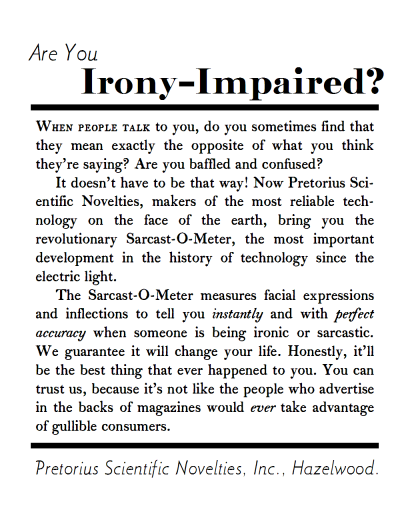One of the most important ideas in economics is that people think and act on the margin. By that I mean that we make our decisions as if we were looking at the costs and benefits of just one more. Just one more slice of pizza. Just one more minute on the bike in the gym. Just one more share of some stock bought. If we reckon the benefits of that one more to be greater than the cost of it, irrespective of what has come before and what may come after, we’ll typically do it. The point is that we optimise, or at least act as though we optimise. We may only optimise locally instead of globally (that last slice of pizza may have seemed like a good idea at the time, but it’s not much good for my health in general), but it’s still what we do.
The idea is by no means unique to economics. There is, at the least, an entire branch of mathematics devoted to it. But economists just love to point out that optimisation – and, therefore, thinking on the margin – applies to human behaviour just as well as it does to equations on a blackboard, and that realisation can sometimes lead to surprising, even counter-intuitive observations with serious consequences for public policy.
As I’ve mentioned before (here and here), Steven Levitt and Sudhir Venkatesh are currently finishing a paper on street prostitution in Chicago. They were able to study the provision of prostitution services during a predictable demand shock and discovered that the supply of prostitution services is rather elastic: a 63% increase in quantity was associated with only a 30% increase in price. More importantly, that increase came on three margins: an increase in supply from existing prostitutes (who, on average, only work 13 hours a week), a temporary in-migration of prostitutes from other areas and the temporary entry into the market of women who are not ordinarily willing to perform sex acts for money. Levitt and Venkatesh estimate that 43 of the 63% increase in the number of tricks came from existing prostitutes in the area and the remaining 20 from the in-migrating prostitutes and the temporary market entrants.
That third margin bears highlighting. Typical thinking about the topic holds that the choice to become a prostitute, if it is a choice at all, is a discrete [update: I originally had “discreet”. It’s certainly that 
I do not want to belittle the tragedy and travesty that is people trafficking. It is a truly awful phenomenon and the fact that it exists at all, let alone in countries that are supposed to be based on freedom of the individual as a founding tenet, is abhorrent. It needs to be stamped out.
My concern is to highlight that not all prostitutes are forced into their profession. There really are women who, faced with an outside option of $7/hour, are not willing to be a prostitute for $25/hour, but are willing to do so for $35/hour. I have no doubt at all that – and this is important – the same statement would be true if you multiplied all of those figures by 10.
The upshot of this is that, slaves aside (and that’s what people trafficking is – slave trading), you cannot simply save or rescue a prostitute. It is not a problem, if you consider it one, to be tackled. It is not something that you solve, once and for all. Prostitutes are people like everyone else and like everyone else, they think on the margin and respond to incentives. If your concern is that prostitutes live in poverty, that they are compelled into their work by economic hardship, then you must work to improve their outside options. But at the same time, you should recognise that you will not be stopping prostitution from happening; you will simply be raising the minimum asking price. That will lower the quantity demanded, but it will never remove it altogether.
Update (5 April 2008):
See my new entry here. It would appear that maybe even the figures for human trafficking are overblown.
